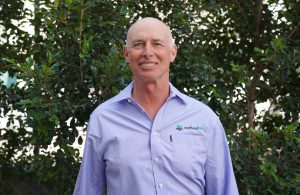Undertaking a project with CarbonLink™ means you will have access to industry leading measurement and modelling technology developed to provide your project with the maximum return on investment for carbon sequestered. You will also be supported throughout your project’s lifecycle by our team of in-house professionals. This includes specialists in carbon farming, ERF projects, soil science, remote sensing, modelling and analytics.
Complete the form below and one of our specialist Carbon Farming Advisors will provide a free assessment. Please allow 24-48 hours for initial contact.


